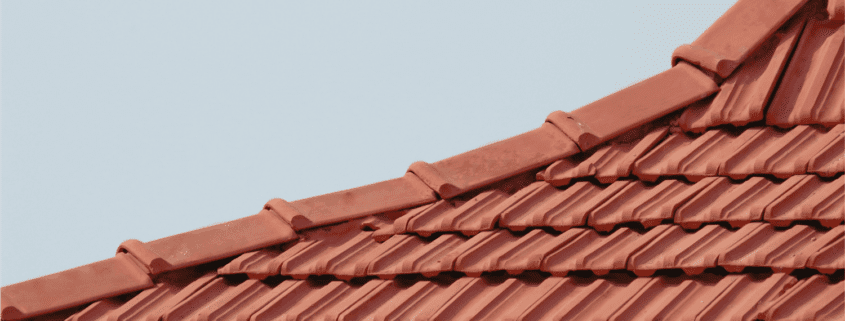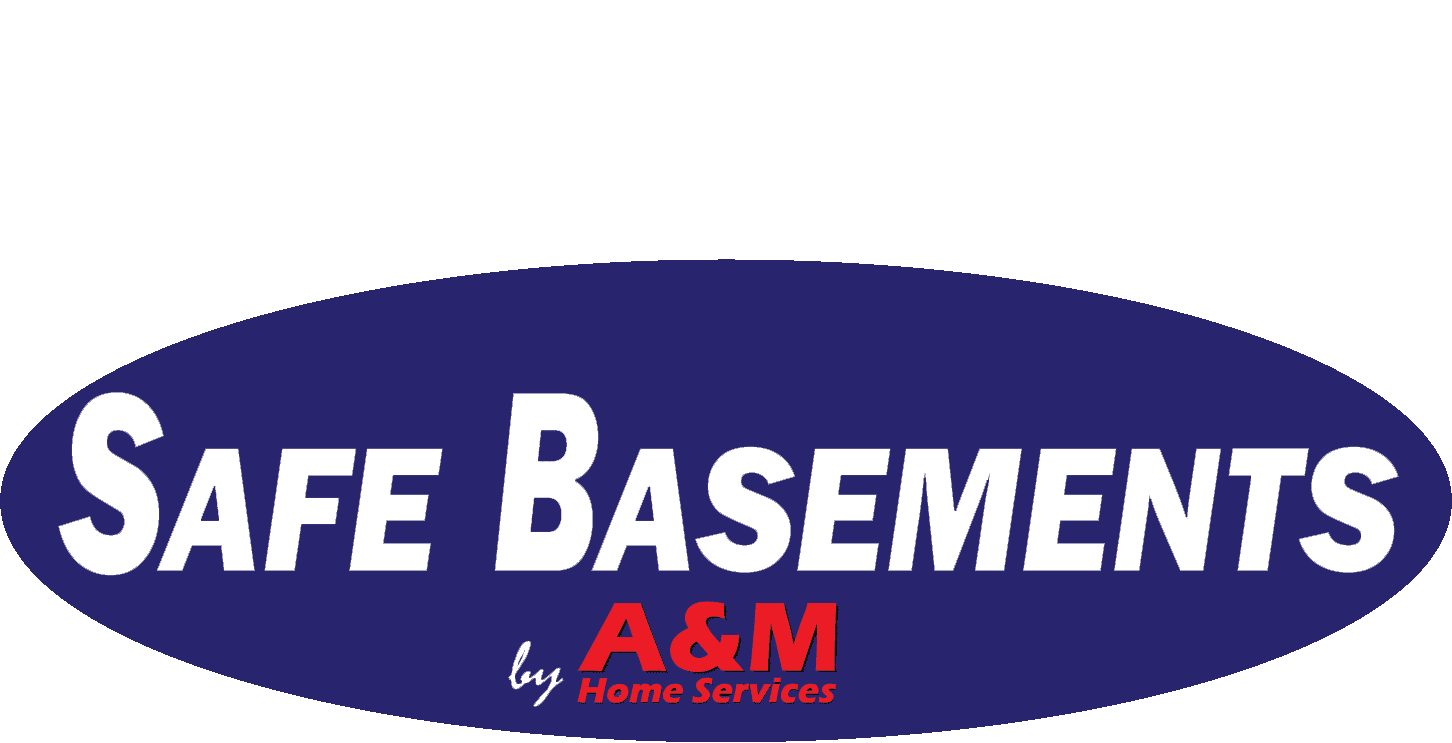Minimum Roof Slope Shingles: Essential Guidelines You Need to Know
Minimum Roof Slope Shingles: Essential Guidelines You Need to Know
Wondering if your roof’s slope is suitable for shingles? This article covers everything you need to know about the minimum roof slope shingles required for optimal performance and durability. Follow these essential guidelines to help you avoid water damage and maintain a strong roof over your head.
Key Takeaways
- Minimum roof slope is critical for effective shingle installation, with 2:12 as the common requirement for asphalt shingles, and slopes starting from 3:12 recommended for best performance.
- Proper measurement of roof slope is essential; using tools like tape measures and pitch estimator cards helps ensure compliance with building codes and prevents water damage.
- Choosing the right roofing system based on slope is vital, with low slopes often requiring alternative materials like TPO membranes and adherence to local building codes to maintain integrity.
Understanding Minimum Roof Slope for Shingles

The minimum roof slope is crucial for effective shingle installation. It refers to the lowest angle at which shingles can function properly, typically described using a rise-over-run ratio. Grasping this concept goes beyond technical compliance; it protects your home from water damage and ensures the longevity of your roofing materials.
Asphalt shingles, popular in North America for their resilience and ease of installation, are influenced by roof slope. The aesthetic and functional aspects of a roof depend significantly on its slope. Knowing the minimum slope requirements for different shingles can prevent future issues.
What is Minimum Roof Slope?
Minimum roof slope is the lowest angle at which shingles can perform effectively, measured using a rise-over-run ratio. This slope is determined by dividing the inches of vertical rise by the horizontal run, usually over 12 inches. This ratio ensures your roofing materials function optimally, maintaining proper drainage and durability, especially when considering the normal roof slope.
For example, a minimum roof pitch for asphalt shingles generally cannot be installed on low slope or flat roofs. Different roof slopes have different applications and limitations; understanding these can help in making better decisions about roofing materials and installation methods.
Importance of Minimum Roof Slope
Meeting minimum roof slope requirements helps prevent water damage and ensures the longevity of asphalt shingles. Proper roof slope ensures effective drainage, minimizing the risk of leaks and structural damage. Adhering to these specifications is essential for the effectiveness of your roofing system.
Not meeting these requirements can lead to water pooling, significantly increasing the risk of leaks and structural issues. The roof pitch impacts safety and durability by influencing how well it handles precipitation. Understanding and adhering to minimum slope requirements is a critical aspect of roofing design and maintenance.
Common Minimum Slope Requirements
The common minimum slope requirement for asphalt shingles is 2:12 for effective water drainage. While some adhesive-backed shingles can be installed on slopes as low as 2:12, generally, asphalt shingles are recommended for slopes starting from 3:12, with additional protection like an ice and water shield.
Asphalt shingles can be used on slopes as steep as 21:12, with necessary special asphalt shingle installation methods to ensure their effectiveness. Local building codes often mandate specific minimum pitch requirements to ensure safety and product performance, making it crucial to check these standards before you install asphalt shingles.
Measuring Roof Slope
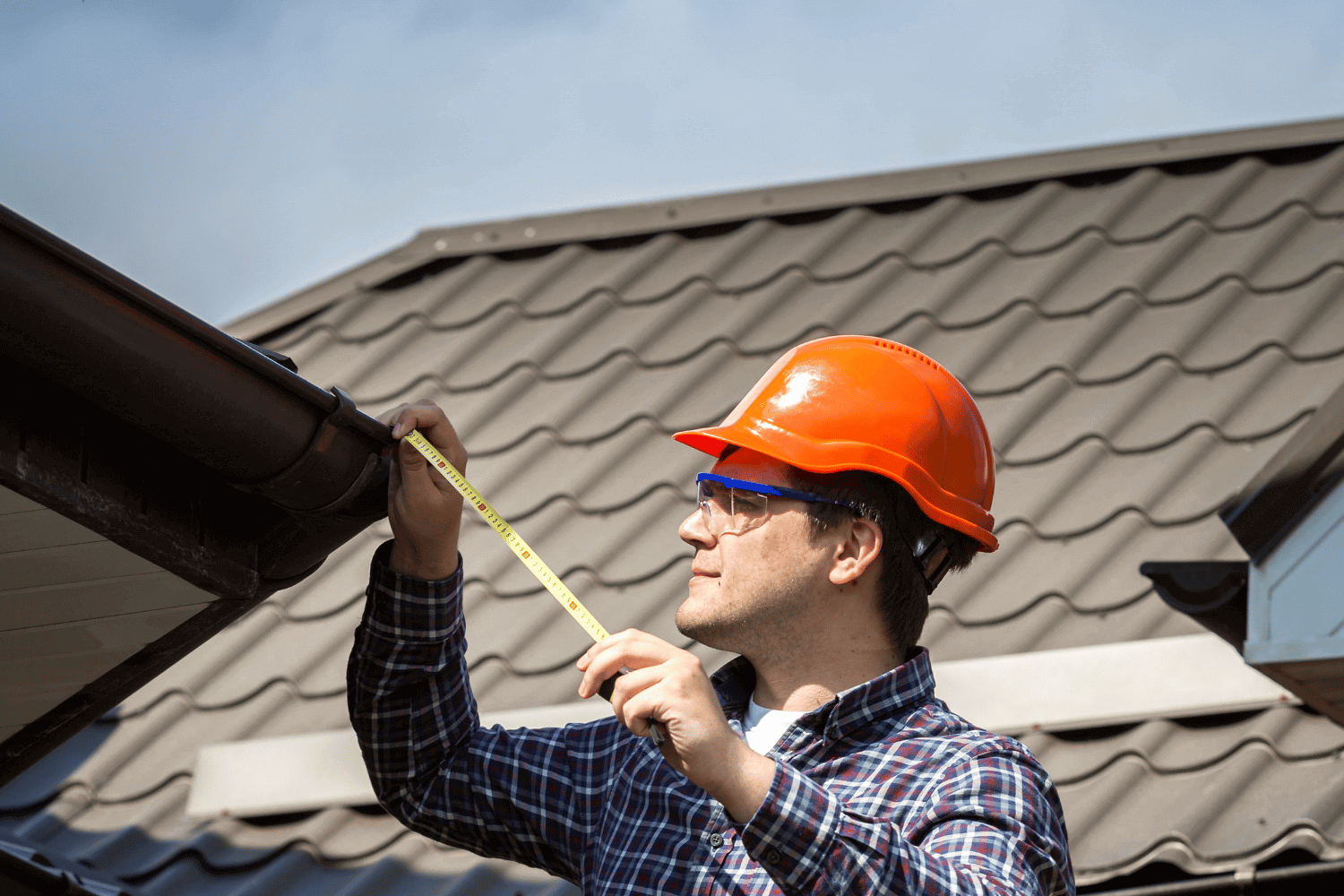
Accurately measure the roof slope to ensure a successful roofing project. This process involves specific tools and a methodical approach to obtain precise measurements, crucial for proper shingle installation and preventing potential water damage.
Incorrect measurements can lead to improper installation, causing long-term issues that could have been easily avoided.
Tools Needed for Measurement
You’ll need essential tools to measure roof slope accurately, such as tape measures, pitch estimator cards, and smartphone applications. Tape measures ensure precise distance and rise measurements, while pitch estimator cards offer quick and accurate slope calculations.
Using these tools ensures compliance with minimum slope requirements and helps in preventing future roofing issues.
Step-by-Step Guide to Measure Roof Slope
Gather your tools: a level, pencil, ladder, and a flat surface device. A pitch locator can also be useful for accurately determining roof slope.
Mark a point on the roof and measure the vertical rise from this point to the roof rafter. Express this as a ratio over a 12-inch run. This method provides a clear and precise measurement of the roof slope, ensuring you meet the required minimum slope for your materials.
Best Practices for Low Slope Roofs
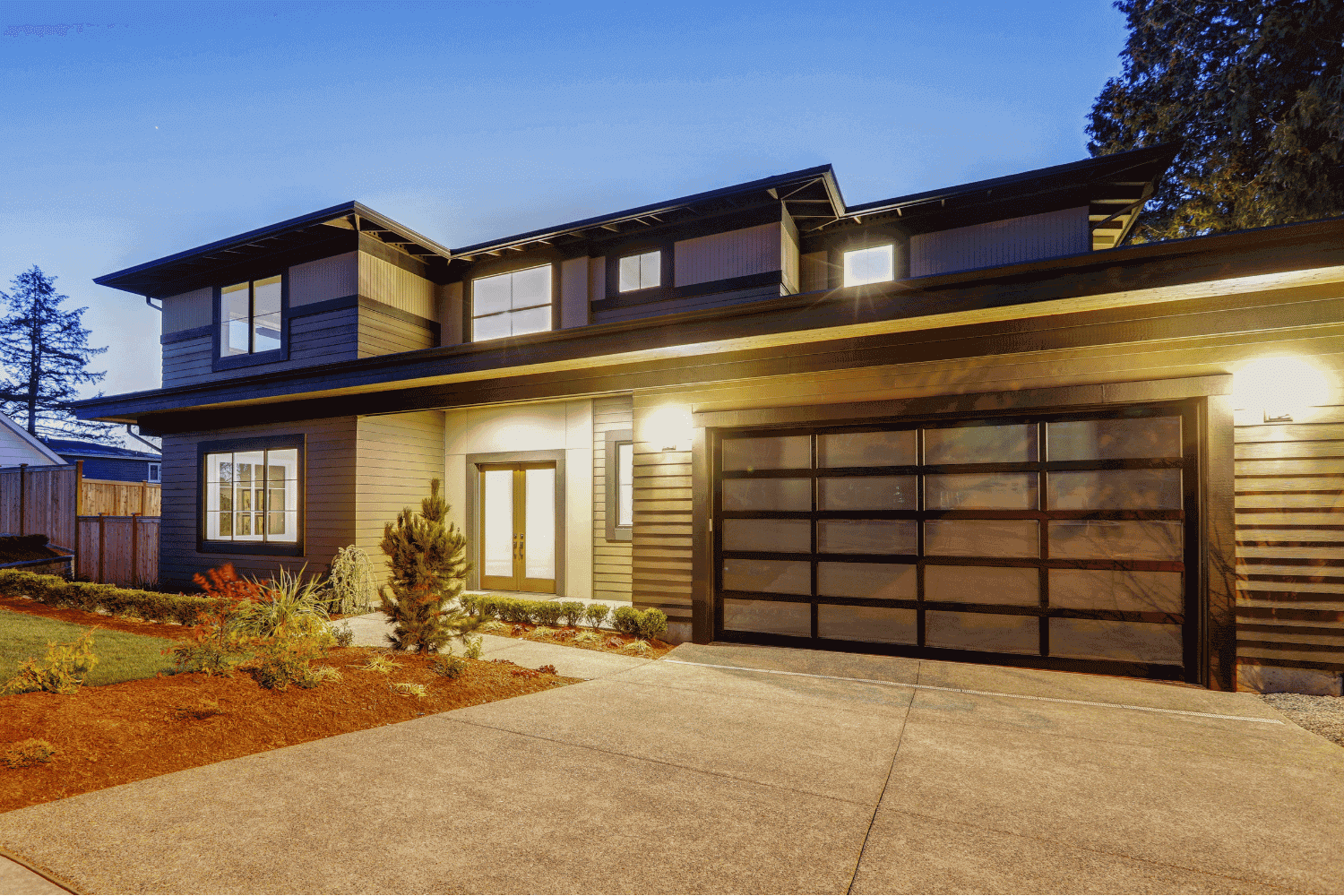
Low slope roofs require specialized techniques to ensure shingle performance. Most asphalt shingle manufacturers recommend a minimum slope of 3:12 to prevent water pooling.
Alternative materials and building code compliance are also important for low slope roof installations.
Special Techniques for Low Slope Installation
Special installation techniques are needed for low slope roofs to prevent water damage. Applying a double layer of underlayment is a common method to safeguard against water penetration, acting as a barrier against seepage and damage.
Poor drainage on low slope roofs can cause premature deterioration and structural damage from water pooling. Taking these precautions during installation is vital for the longevity and effectiveness of the shingle roof.
Alternative Materials for Low Slopes
For very low slope roofs, where asphalt shingles may fail, TPO membranes are a recommended alternative. These materials offer a durable and watertight solution, especially in heavy rainfall or snow-prone areas.
Selecting the right roofing material involves considering budget, climate, and personal style preferences.
Building Code Compliance
Adhering to local building codes is crucial for roof integrity. These codes often mandate specific minimum roof pitch requirements for safe and effective shingle installation. Compliance safeguards your investment and ensures the safety and durability of your roofing system.
Consequences of Insufficient Roof Slope
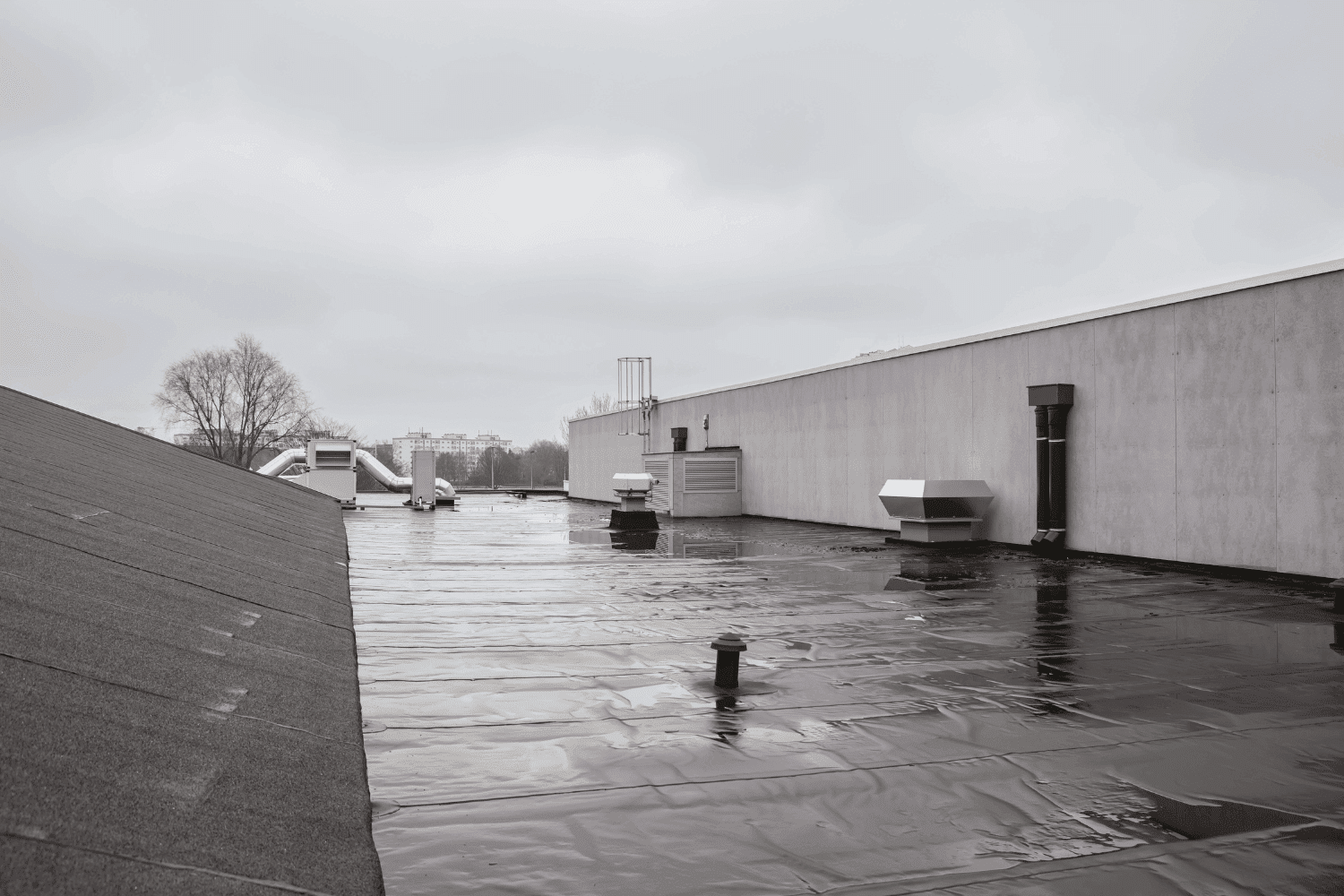
Not meeting the minimum roof slope requirements can lead to poor water drainage and increased likelihood of leaks. These problems can escalate into severe structural damage, affecting your home’s stability and safety.
Water Damage Risks
Insufficient roof slope can cause slow water drainage, increasing the risk of lateral water movement and moisture penetration. This can lead to severe water damage, impacting both the roofing materials and underlying structure, especially in low sloped roofs.
Meeting minimum slope requirements protects your investment and ensures the safety and comfort of your family.
Warranty Voids
One less obvious consequence of not meeting minimum slope requirements is the potential voiding of roofing warranties. Manufacturers set these guidelines to ensure product performance, and not adhering to them can nullify your warranty.
This leaves homeowners vulnerable to significant out-of-pocket repair expenses.
Choosing the Right Roofing System for Your Slope
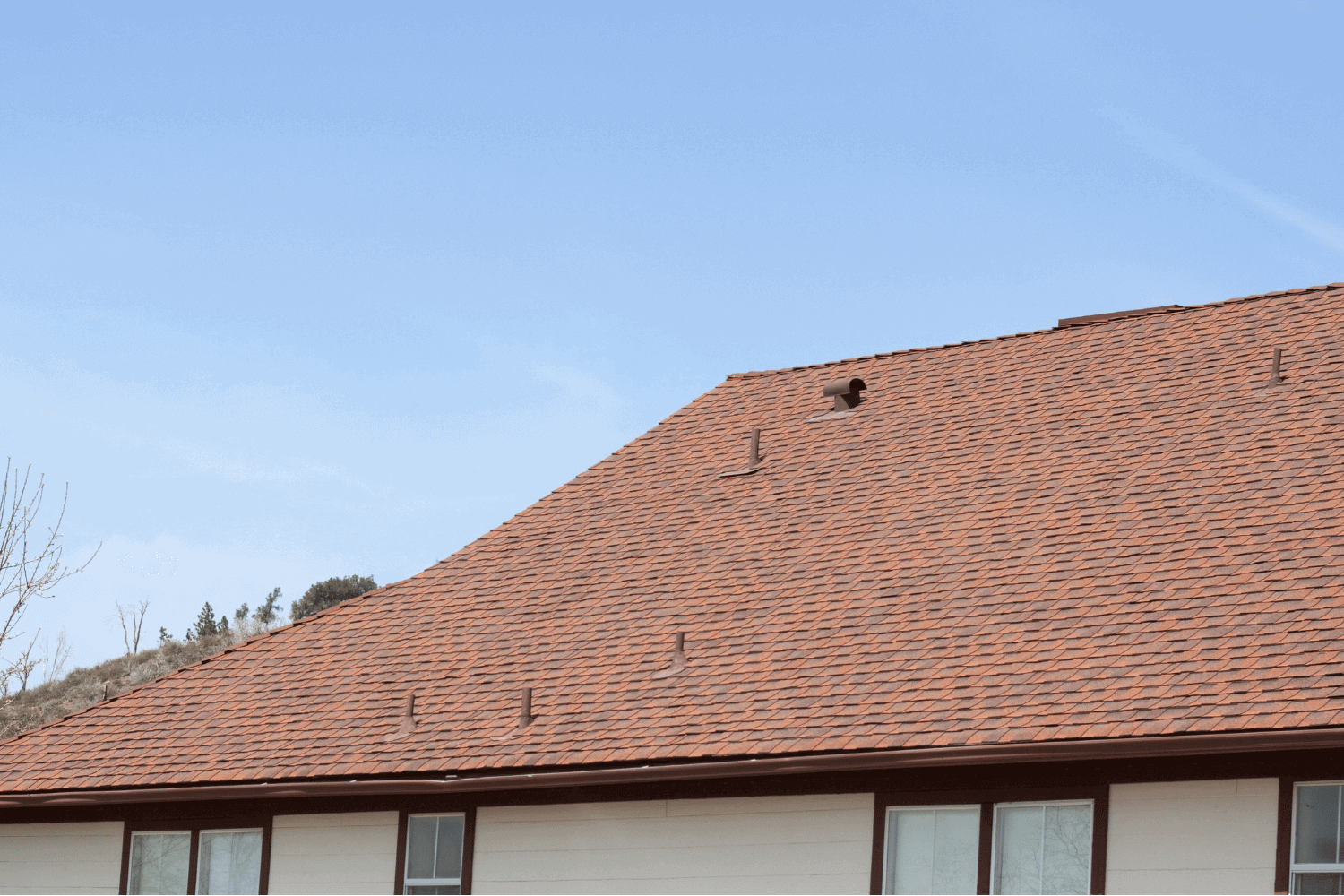
Selecting the appropriate roofing system based on your roof’s slope ensures durability and functionality. Different slopes require different materials, and understanding these nuances aids in making an informed decision.
Asphalt Shingles for Steeper Slopes
Asphalt shingles are ideal for steeper roof slopes, typically starting at 4:12. This asphalt shingle roof slope ensures proper water drainage and longevity.
Selecting the right roofing system based on slope is vital for effective performance and durability.
Membrane Roofing for Flat Roofs
For flat and very low slope roofs, membrane roofing systems like TPO and EPDM are highly recommended. These materials offer a durable and watertight solution, ideal for pitches up to 3:12.
However, stagnant water on low slope roofs can cause insulation damage and reduced thermal efficiency.
Metal Roofing Options
Standing seam metal roofs offer excellent weather resistance and longevity, suitable for various roof slopes. These roofs are more expensive but can last up to 50 years with proper installation and ventilation.
They also offer better aesthetics and more color options compared to membrane roofs.
Summary
Understanding and adhering to minimum roof slope requirements is crucial for the longevity and effectiveness of your roofing system. Having outlined the importance of proper slope measurement, the common minimum slope requirements for asphalt shingles, and the risks associated with insufficient slope, we hope you feel confident ensuring your roof remains durable and leak-free!
Frequently Asked Questions
What is the minimum roof slope for asphalt shingles?
The minimum roof slope for asphalt shingles is 2:12, although a slope of 3:12 with added protection is advisable for better performance.
Why is measuring roof slope important?
Measuring roof slope is vital for ensuring effective shingle installation and preventing water damage. Accurate slope measurements help maintain the roof’s integrity and functionality.
What are the risks of not meeting minimum roof slope requirements?
Not meeting minimum roof slope requirements poses significant risks, including water pooling, leaks, potential structural damage, and the possibility of voiding warranties. Ensuring proper slope is essential for the longevity and integrity of your roofing system.
What materials are recommended for low slope roofs?
TPO membranes are highly recommended for low slope roofs, as they provide excellent performance compared to asphalt shingles. Their durability makes them an ideal choice for these applications.
How does roof slope affect warranty coverage?
Roof slope significantly impacts warranty coverage, as failing to meet minimum slope requirements can result in voided warranties and expose homeowners to costly repairs.
 574-318-3326
574-318-3326


